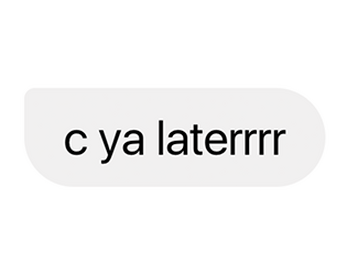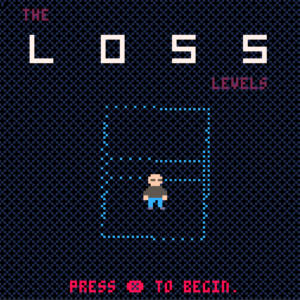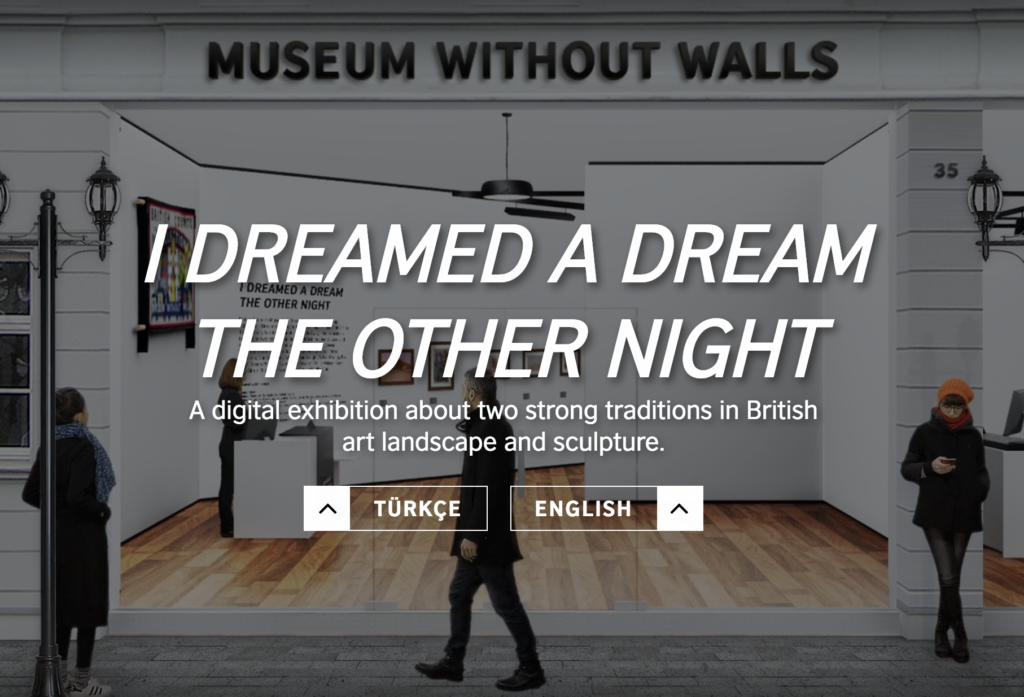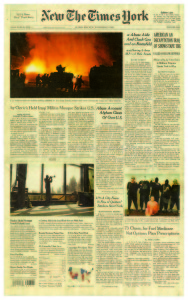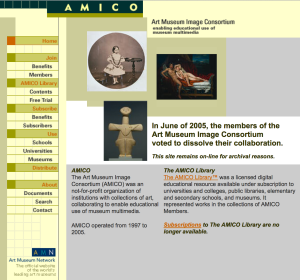Last week I was at the DIGRA 2018 Conference in Turin, Italy. The conference was well organized and the quality of papers was high. As always, I kept conference notes here.
I was struck how game studies is less and less about games. Of course, games are the subject of research, but game studies is less about the appreciation of games and more and more about what we can learn about other things through games. Games, like literature, have become a lens for looking at other things making the field richer and better aligned with other fields like media studies or literary criticism.
Next year the conference will be held in Japan and linked up with Replaying Japan. I look forward to the encounter between these different game studies cultures.

